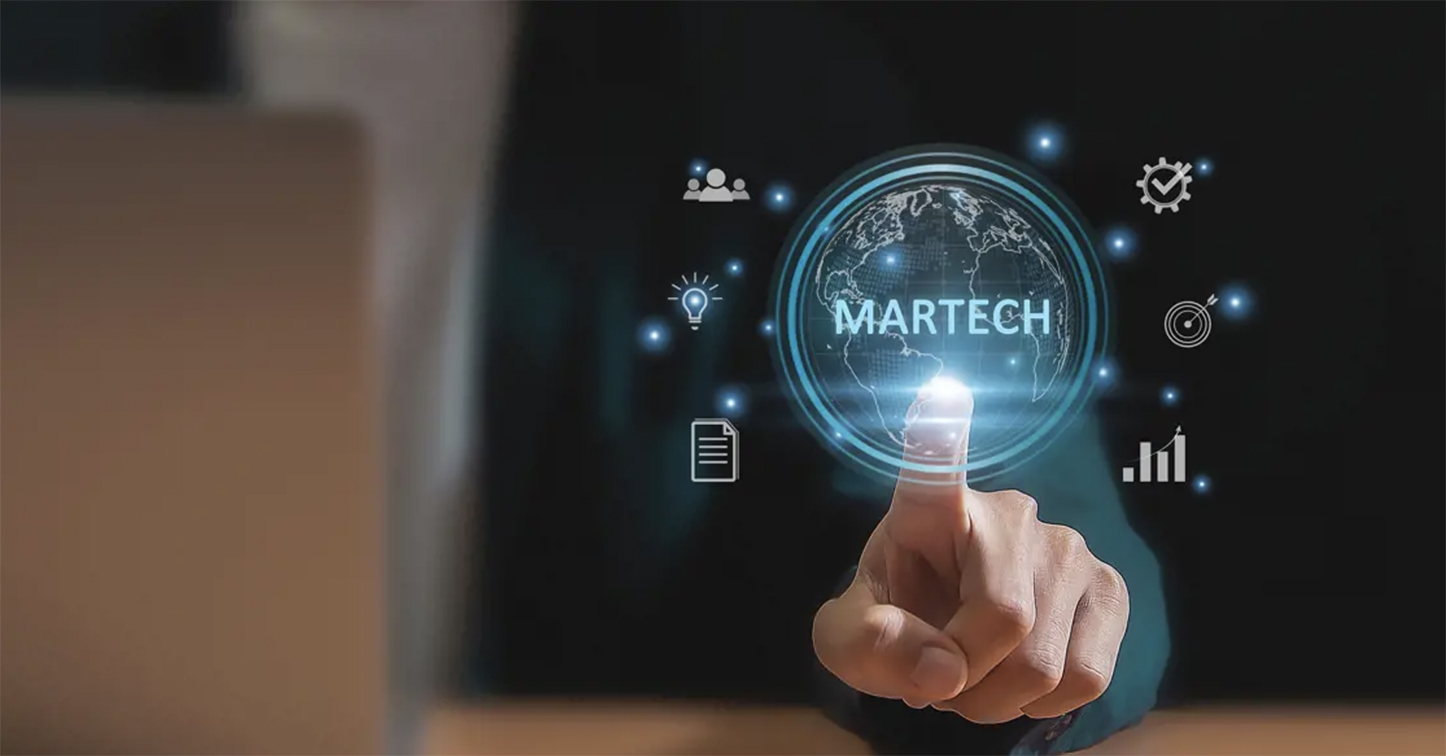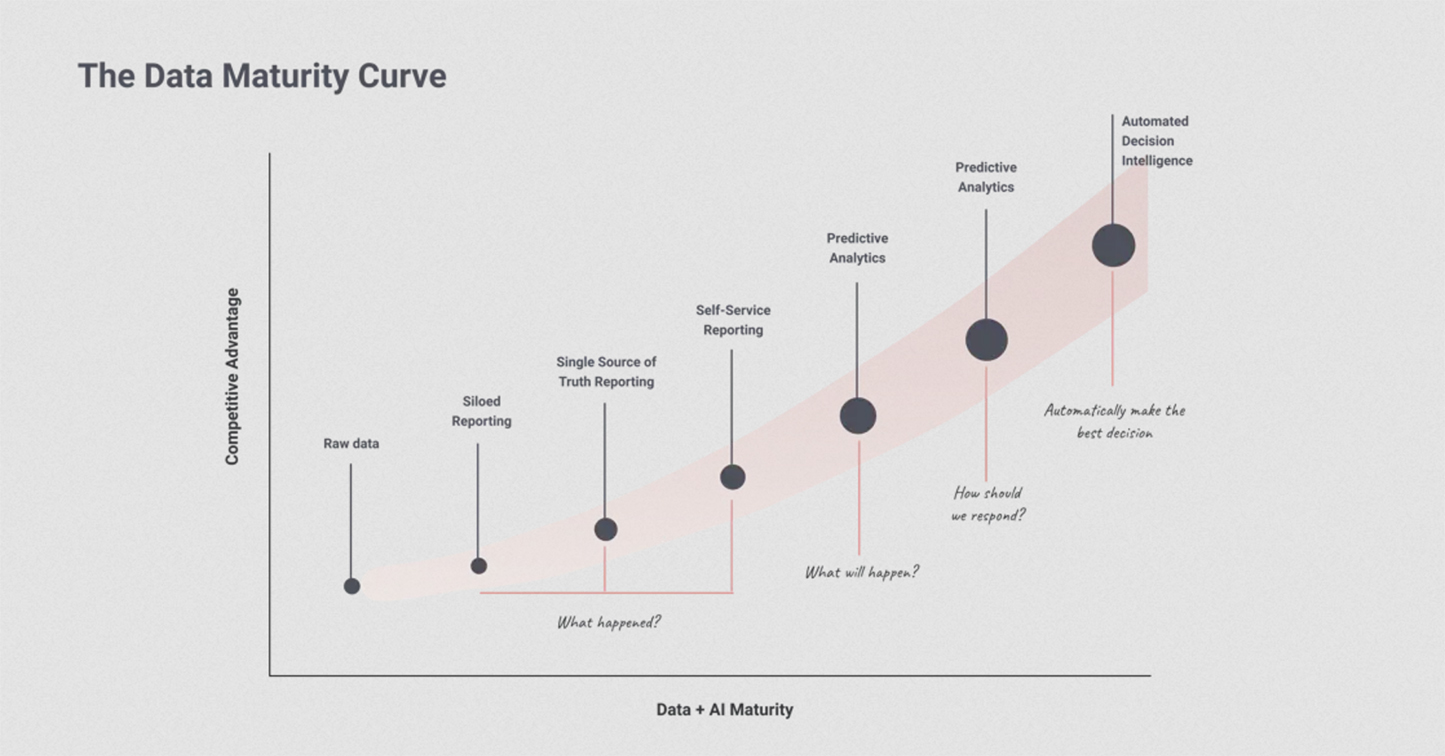equ’s Head of Digital Marketing Scott Forrest: AI-Powered CRM Personalisation

Scott Forrest, Head of Digital Marketing at equ: The new standard in CRM and marketing automation.
AI is no longer a fringe feature in marketing platforms—it’s becoming the strategic core of CRM and automation for modern marketers. AI presents both an opportunity and a responsibility for marketers navigating complex customer journeys: to personalise at scale without losing the human touch.
Today’s leading CRM and marketing automation platforms are embedding generative AI, predictive analytics and workflow automation into their ecosystems. At the same time, B2B marketers are leveraging firmographic intelligence from platforms like Firmable, ZoomInfo and Apollo.io to sharpen audience segmentation and enhance campaign relevance.
In this article, we unpack how AI is transforming CRM and automation. We look at how it enables hyper-personalisation, improves efficiency, and reshapes what it means to connect with your audience.
CRM is no longer just a database – it’s an Intelligent Engine
Traditional CRMs acted as static repositories. However, with the integration of AI, platforms like HubSpot, Salesforce Marketing Cloud, and Klaviyo have evolved into dynamic decision-making engines.
• HubSpot Breeze enriches CRM records with firmographic data—think revenue, industry and employee size—automatically keeping your database fresh and relevant. HubSpot Breeze Copilot helps users create content like emails, blogs, and landing pages.
• Salesforce Einstein GPT provides predictive analytics, prioritises leads and supports generative AI for content creation and personalisation recommendations.
• Klaviyo AI (used extensively in eCommerce) provides Generative AI tools to build flows and email content. It can also automatically exclude unengaged profiles to boost campaign deliverability. AI is also used to deliver the best variant of an email or SMS and can even show web forms at just the right time to get more sign-ups and conversions.
For busy marketing leaders, these platforms do more than save time—they help surface insights and opportunities you might otherwise miss. If you are looking to implement any martech, you should first read Communicating martech decisions to non-technical stakeholders.

Predictive analytics and autonomous agents are reshaping the funnel
AI now analyses customer signals—like website visits, ad engagement, and content consumption—to assign lead scores and trigger next-best actions. This enables sales and marketing teams to:
• Prioritise high-intent accounts based on buying signals (e.g., leadership changes, funding events).
• Automate routine tasks like email sequencing, calendar bookings, and social media scheduling.
• Adapt messaging in real-time, launching retargeting campaigns when a cart is abandoned or a product is browsed.
To start on this journey, it is important to centralise your data, fix the flow & find the gaps and integrate any offline data, a practice we call data by design.
The result? Marketing automation that’s faster, more innovative, and more responsive—freeing your team to focus on strategy and creativity.

Hyper-personalisation: moving beyond demographics
For marketers seeking relevance, AI helps move from broad segments to personalised moments.
• Retail brands like Sephora study behavioural trends, such as “skincare splurgers” or “deal-driven shoppers”, to tailor offers in real time.
• B2B marketers use platforms like Apollo.io to overlay technographic and intent data, revealing which accounts will likely convert in the next 30–90 days.
This level of precision drives stronger engagement and higher conversion rates, but it requires the right mix of tools, data hygiene, and consent practices.
Avoiding the pitfalls of over-personalisation
There’s a fine line between relevant and creepy. A now-famous campaign, conducted by Target, a major U.S. retailer, once predicted a customer’s pregnancy before her family knew.
Target’s Guest Data and Analytical Services team identified purchasing patterns that indicated pregnancy. They analysed data from women who had signed up for baby registries and identified 25 key products, such as unscented lotion and prenatal vitamins, that suggested a high likelihood of pregnancy. By combining this information with demographic data, Target could estimate not only whether a customer was pregnant but also her trimester and approximate due date
This predictive capability led to an incident in Minneapolis, where a father angrily confronted a Target manager after his teenage daughter received coupons for baby-related items like cribs and maternity clothing. The father accused Target of encouraging pregnancy, only to later discover that his daughter was indeed pregnant, a fact she had not yet disclosed to her family. This incident highlighted the risks of excessive targeting.
With 75% of Australians preferring data privacy over personalised experiences, brands are focusing on minimising the use of sensitive data, such as Personal Identifiable Information (PII), in their personalisation strategies and are learning to strike a balance:
• Bunnings personalises its offerings by tailoring product suggestions based on customer behavior and preferences while maintaining transparency about data collection and use.
• Netflix blends algorithmic suggestions with human-curated picks to preserve discovery.
• Bendigo Bank integrates personalisation into its customer service by using data to enhance user experiences across digital and physical channels.
• Salesforce and HubSpot offer built-in consent tools and transparency disclosures to keep customers informed about how their data is being used.
As consumers demand more transparency, Australia’s evolving data privacy landscape is experiencing some major changes that you need to stay on top of. Brands that clearly communicate their use of AI will win greater trust and long-term loyalty.

B2B vs B2C: different journeys, same intelligence
While B2C marketers often use AI for emotional, real-time engagement (e.g., live chat, product recommendations), B2B marketing leaders rely on firmographics and intent signals to time outreach with precision.
While business-to-consumer (B2C) marketers frequently harness the power of AI to create emotionally engaging and real-time interactions, B2B AI marketing is often employed to analyse firmographic characteristics such as industry, company size, and location, as well as intent signals, which indicate a prospect’s likelihood to purchase or engage.
• ZoomInfo and Apollo.io surface buying signals like job changes, software adoption or funding rounds.
• Firmable offers Australia-specific insights into ABN activity, employee shifts and company health, ideal for ABM and regional targeting.
By leveraging these insights, B2B marketers can precisely time their outreach efforts, ensuring that communications are relevant and delivered at the most opportune moment to maximise impact and drive conversions.
Blending Automation with Human Empathy
AI can identify who to talk to and what to say, but it can’t replicate human nuance, yet. The most successful marketing leaders are blending automation with empathetic human interaction.
• AI handles triage: answering basic queries, booking demos, sending reminders.
• Humans handle emotion: resolving issues, negotiating partnerships, building trust.
This hybrid model ensures each touchpoint feels like a conversation, not a transaction. For example, an Australian telco. Optus has successfully implemented a hybrid approach that combines AI and human agents to enhance customer experience. Optus frees human agents to focus on more complex and emotionally charged interactions by automating simple tasks like authentication and routine queries through conversational AI.
Starbucks uses AI to recommend drinks in-app while still delivering human service in-store, resulting in a 19% uplift in customer retention.
Redefining Customer Lifetime Value (CLV) with AI
AI is turning CLV from a static, backward-looking metric into a dynamic, actionable, and strategic driver of long-term growth and customer loyalty. AI now enables advanced attribution models that go beyond last-click or channel-based ROI. Marketing leaders can:
• Get real-time, dynamic insights from AI systems that continuously process new data, providing real-time updates to CLV predictions.
• Use AI to segment customers using complex behavioural, engagement and transactional data, moving beyond basic demographics to accurately predict CLV.
• Map cross-device and offline behaviour to see how organic and social influence revenue, retention and CLV.
• Identify “hidden” high-value customers who may not convert quickly but demonstrate long-term brand engagement.
This helps shift focus from short-term wins to sustainable growth, fuelled by richer insights and smarter targeting.
What’s next? AI as your creative collaborator
The future isn’t AI versus humans, it’s AI with humans.
• HubSpot Breeze proposes campaign ideas. Your team adds humour and brand personality.
• Apollo.io drafts outreach. Sales reps can fine-tune subject lines based on personal LinkedIn connections.
• Platforms like Creatio AI, Clickup Brain, and many more have native integrations with CRMs like Hubspot, Salesforce, and Microsoft Dynamics.
As regulations around “algorithmic explainability” emerge, platforms like Salesforce with tools like the Einstein Ethics Dashboard, and Hubspot with its AI Model Cards, enable transparency around how AI scores and segments your leads.
Final thoughts: it’s time to lead with intelligence
For Marketing Directors and Managers, an AI-powered CRM is no longer a ‘nice to have’, it’s a competitive edge. The challenge now is making AI actionable, ethical, and empathetic.
By combining automation with human insight, marketers can deliver personalisation at scale while building real trust.
